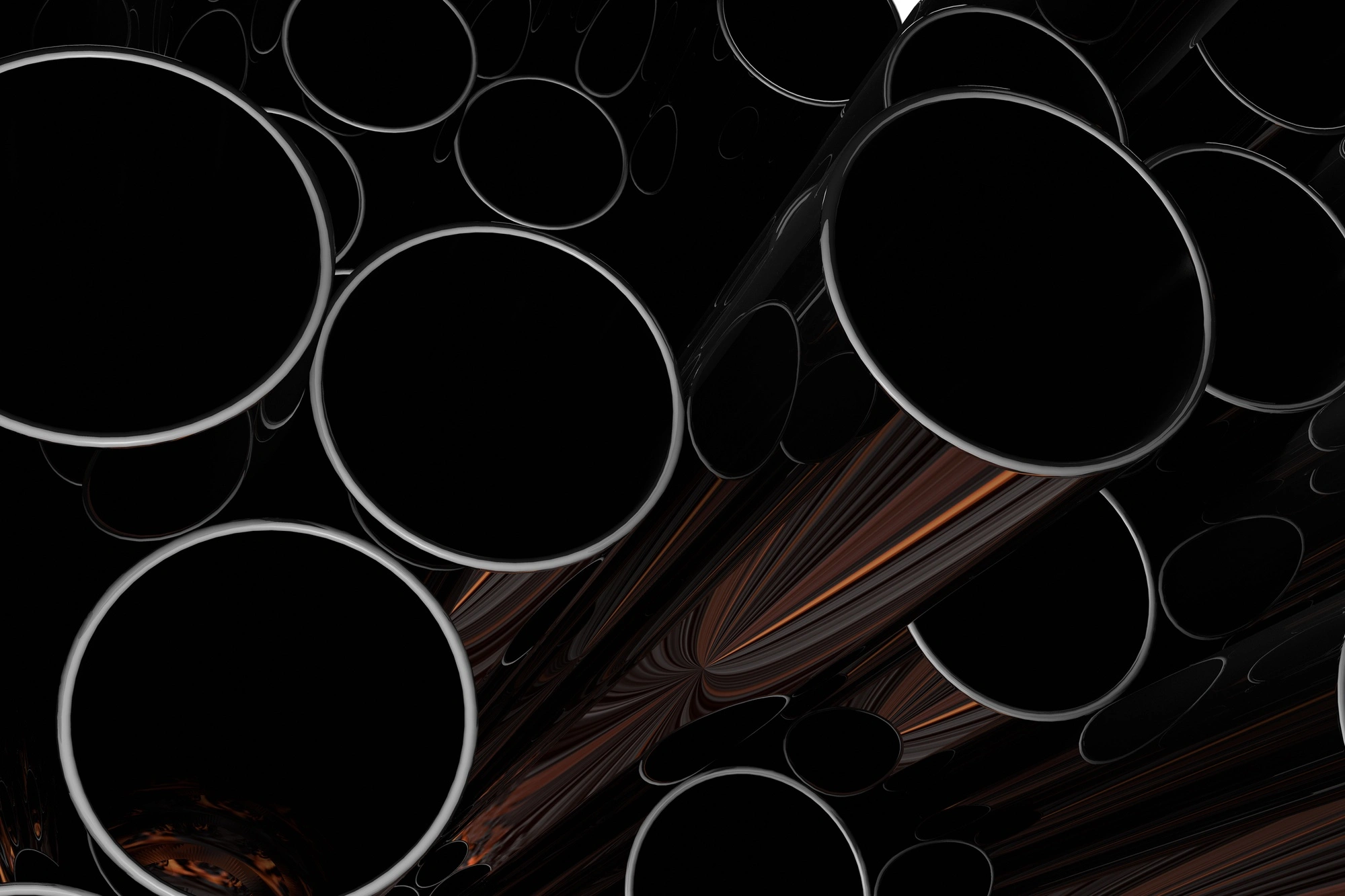

Zirconium (Zr), with its atomic number 40, is a transition metal known for its remarkable stability and diverse applications. It exists naturally in several isotopes, both stable and radioactive, each with unique characteristics and uses. Let’s delve into the world of zirconium isotopes and explore their significance in various scientific fields.
In the realm of geochemistry and petrology, zirconium isotopes, particularly 90Zr, 91Zr, 92Zr, and 94Zr, are pivotal in understanding the isotopic variations within natural samples. Studies have revealed that these isotopes exhibit stable mass-dependent variations, which are essential for tracing geological processes and comparing disparate datasets.
For instance, the stable Zr isotopic mass-dependent variations reported in recent studies show small offsets in the δ94/90Zr values between different standard solutions. These variations, although minor (less than 33 ppm), highlight the need for cross-calibration among different reference materials to ensure consistency and accuracy in isotopic measurements.
Recent research has measured standard solutions such as GJ-1, SRM3169, and NIST Zr standards relative to the IPGP-Zr standard. The results show that the δ94/90Zr values for these standards are consistent within error, which is crucial for comparing isotopic data across different studies. For example, the δ94/90 ZrIPGP-Zr values for GJ-1 and SRM3169 align well with previous findings, validating the accuracy of isotopic measurements and facilitating inter-laboratory comparisons.
In petrology, the δ94/90 Zr values of zircon reference materials, such as the Plešovice and Mud Tank zircons, show a range of isotopic compositions that reflect various geological processes. Zircons from different origins, including magmatic and metamorphic, exhibit distinct isotopic signatures, which are instrumental in understanding the formation and evolution of geological materials.
Zirconium isotopes, with their stable and radioactive varieties, offer a wealth of information for scientific research. From geochemical tracing to nuclear science applications, the study of zirconium isotopes provides valuable insights into the natural world and technological advancements. Whether you're exploring the stability of primordial nuclides or the applications of radioisotopes in imaging, zirconium remains a fascinating element with diverse and impactful uses.
Shengyu Tian, Edward C. Inglis, John B. Creech, Wen Zhang, Zaicong Wang, et al.. The zirconium stable isotope compositions of 22 geological reference materials, 4 zircons and 3 standard solutions. Chemical Geology, 2020, 555, pp.119791. ⟨10.1016/j.chemgeo.2020.119791⟩. ⟨insu-02943024⟩
https://www.isotopes.gov/products/zirconium
Sieja, K., Nowacki, F., Langanke, K., & Martínez-Pinedo, G. (2009). Shell model description of zirconium isotopes. Physical Review C, 79(6). doi:10.1103/physrevc.79.064310